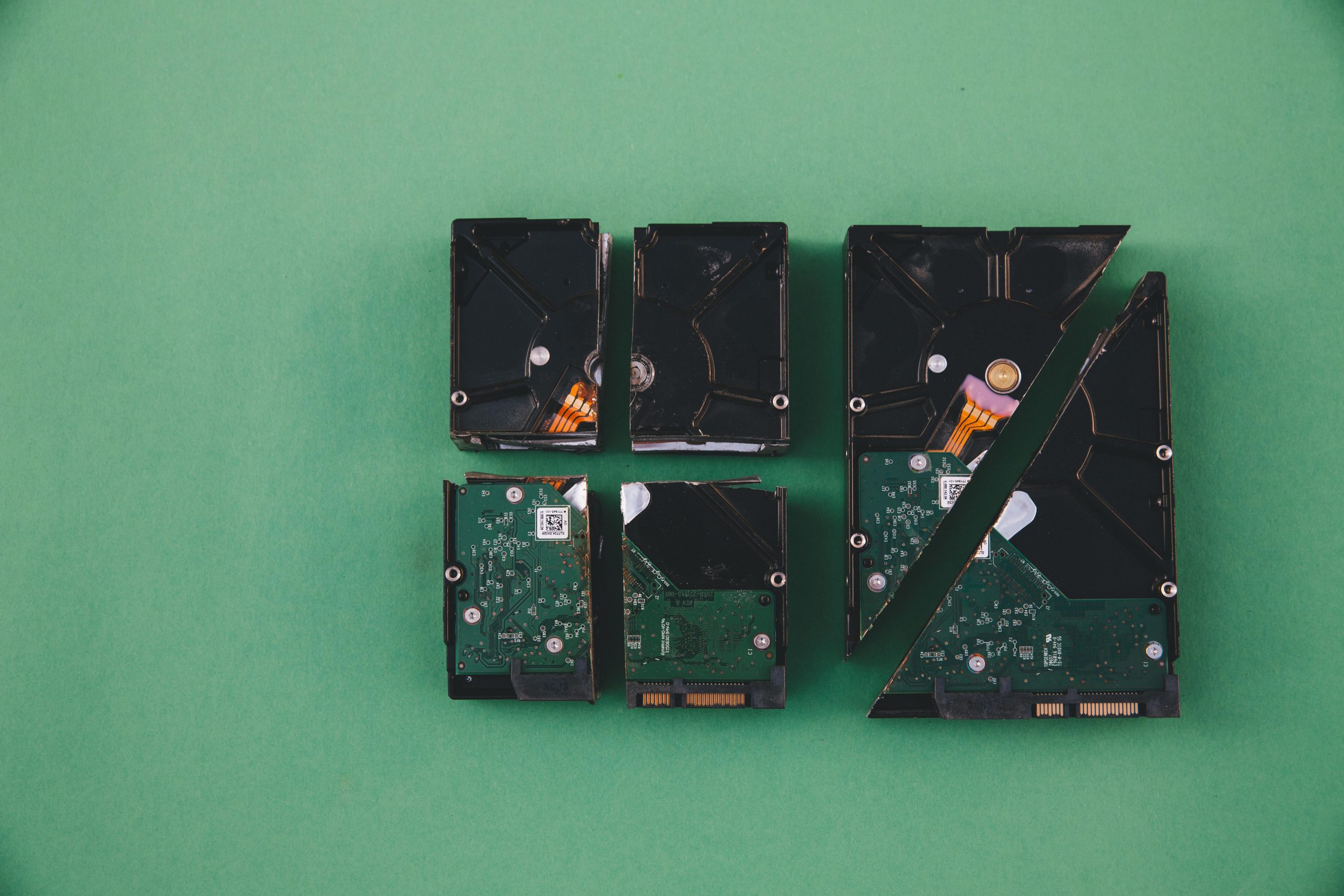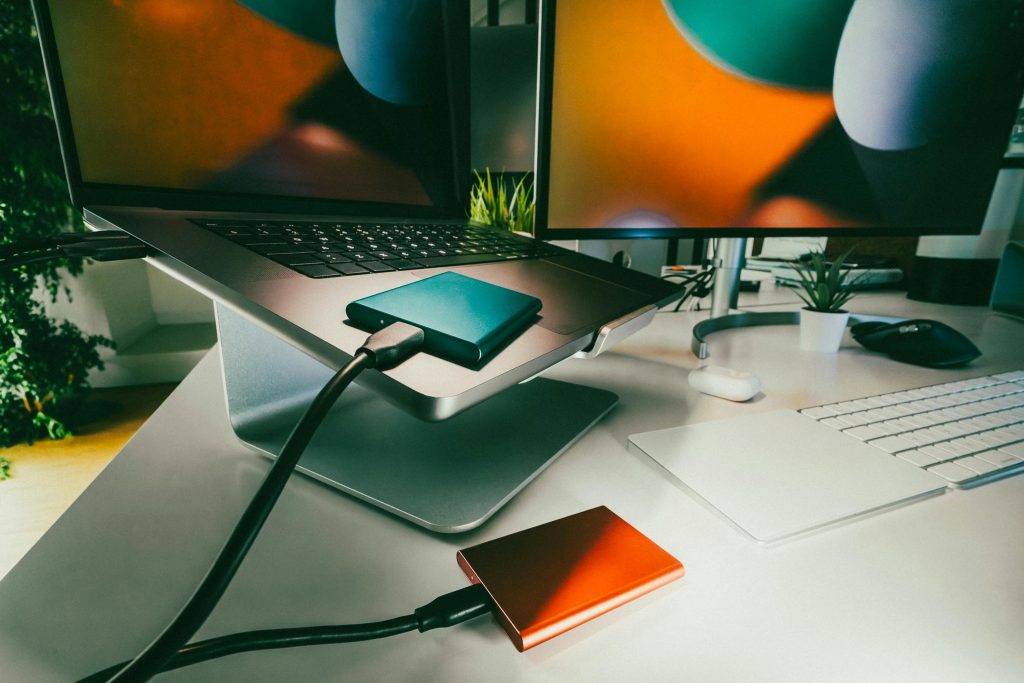Leveraging VirtualBox to Access macOS Data from a MacBook SSD on Windows
Recovering Data from a Failed MacBook Using Virtualization Techniques
When a MacBook experiences hardware failure, data recovery can present a complex challenge, especially if the internal SSD contains critical files. For users who have successfully extracted their SSD and are attempting to access their data externally, innovative solutions such as virtualization can prove invaluable. This article explores the possibility of running macOS within a virtual environment on a Windows PC to facilitate data recovery, with particular emphasis on readable file formats and potential limitations.
Understanding the Scenario
In this case, the user has a non-functional MacBook and has physically removed the SSD. The drive is formatted with APFS, Apple’s proprietary file system, which is designed for macOS environments. With the help of third-party tools like Paragon’s APFS driver on Windows, the user can access and recover files from the drive. However, some data—such as Notes—appear scrambled or unintelligible, indicating that simply reading the raw file data may not be sufficient for complete recovery or interpretation.
Feasibility of Running macOS on Windows via VirtualBox
The idea proposed involves setting up a virtual environment—using VirtualBox—to run macOS on a Windows PC. This approach could allow the user to mount the external SSD within the virtual machine (VM) and utilize native macOS tools for data viewing and recovery.
Key Considerations:
- Legal and Licensing Aspects
Running macOS on non-Apple hardware through virtualization may violate Apple’s licensing agreements, as macOS is licensed primarily for use on Apple-branded devices. Users should be aware of this and consider legal implications in their jurisdiction.
- Technical Feasibility
While VirtualBox itself supports various operating systems, officially, it does not support macOS as a guest OS. However, with certain workarounds and configurations, it is possible to run macOS VMs on non-Apple hardware, though this often requires technical expertise and may result in performance or stability issues.
-
Practical Steps
-
Preparing Hardware: Ensure your Windows PC has sufficient resources—CPU, RAM, and storage—to support running a macOS VM effectively.
-
Obtaining macOS Image: Download a legitimate copy of macOS from the Mac App Store or retrieve an installer from a trusted source.
-
Configuring VirtualBox: Setting up the VM involves creating a new virtual machine, configuring it with appropriate settings, and attaching the macOS
Share this content:



